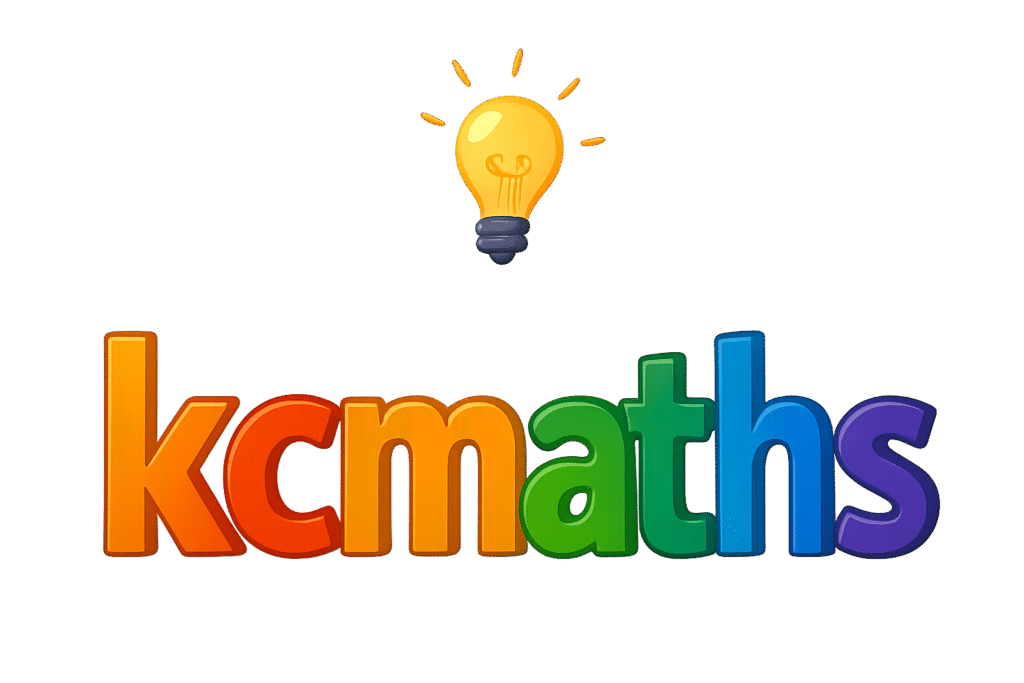LCM and HCF are important tools in mathematics, especially when dealing with fractions, time problems, or simplifying numbers.
In this lesson, you’ll learn the difference between the Lowest Common Multiple (LCM) and the Highest Common Factor (HCF) — and how to find them easily.
🔹 LCM (Lowest Common Multiple) is the smallest multiple that two or more numbers have in common.
👉 Example:
Multiples of 4 = 4, 8, 12, 16, 20, 24…
Multiples of 6 = 6, 12, 18, 24…
✅ LCM of 4 and 6 = 12 (smallest number in both lists)
LCM is used when adding or subtracting fractions with different denominators, and when finding common time schedules.
🔹 HCF (Highest Common Factor) is the greatest number that divides exactly into two or more numbers.
👉 Example:
Factors of 18 = 1, 2, 3, 6, 9, 18
Factors of 24 = 1, 2, 3, 4, 6, 8, 12, 24
✅ HCF of 18 and 24 = 6 (largest common factor)
HCF is helpful when simplifying fractions and solving word problems involving shared items.
🔹 LCM – List method:
Write out multiples of each number and find the smallest one they share.
🔹 HCF – List method:
List the factors of each number and choose the biggest number they both share.
🧠 You can also use prime factorization for both.

Time’s up
Here’s what you’ve learned:
✅ LCM is the smallest shared multiple
✅ HCF is the largest shared factor
✅ LCM is useful in combining and syncing things (like time or fractions)
✅ HCF helps in breaking things into equal groups or simplifying fractions
✅ You can find them using listing, prime factor trees, or division methods

